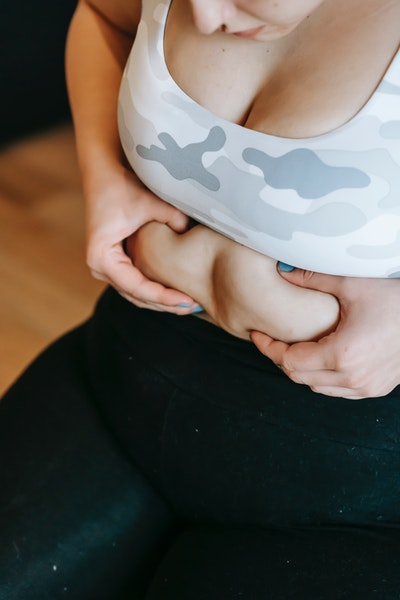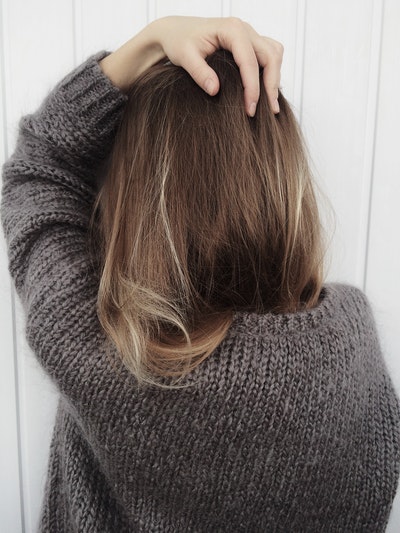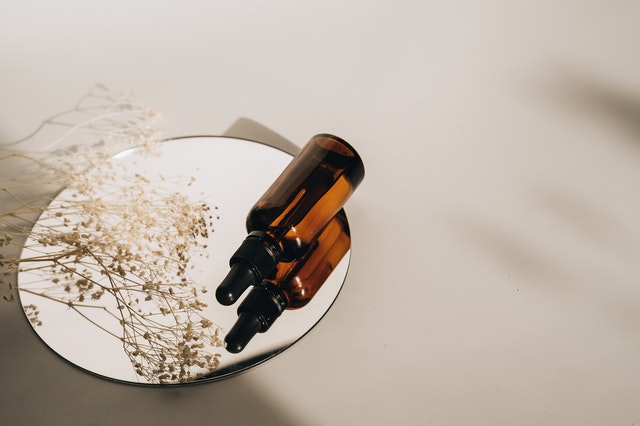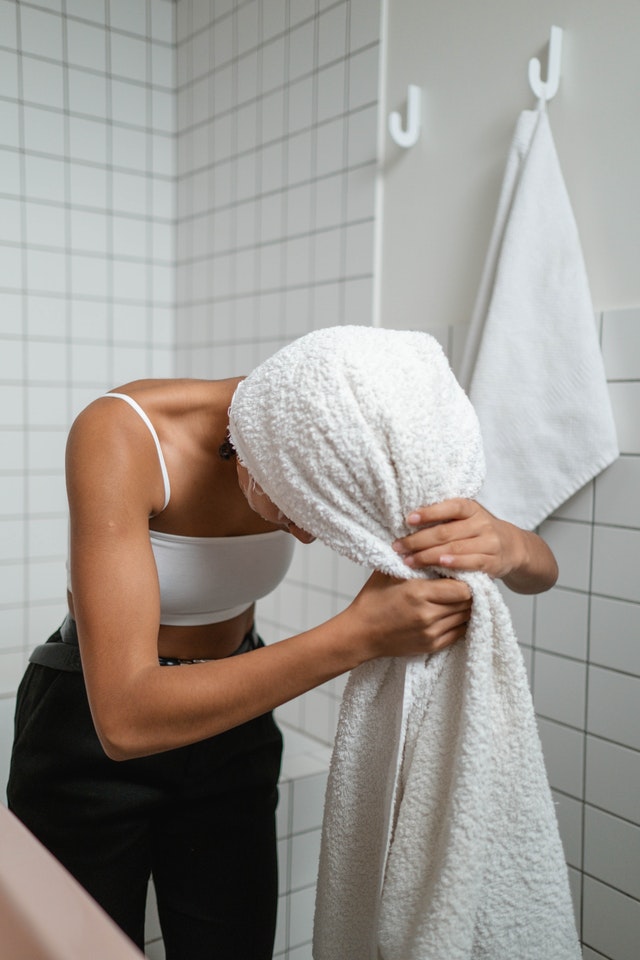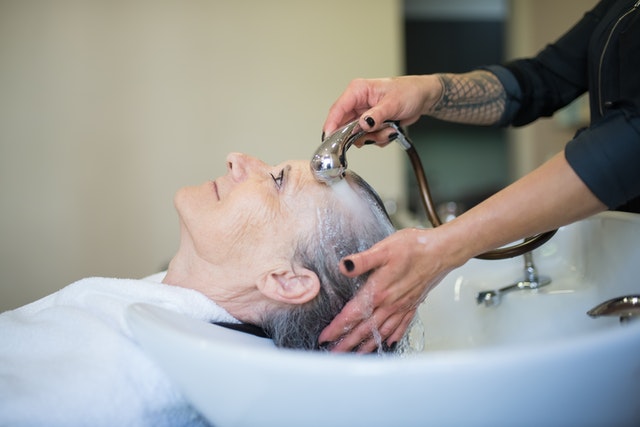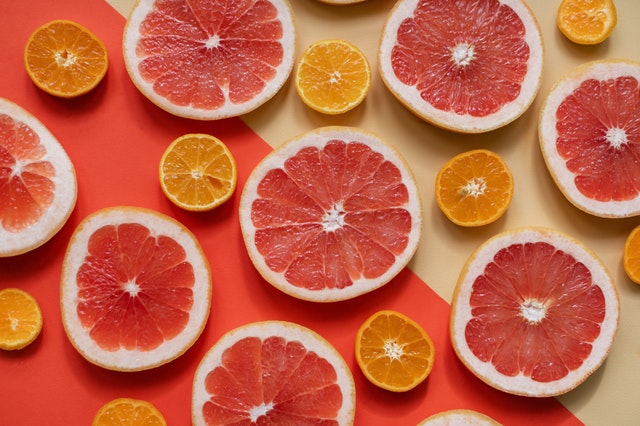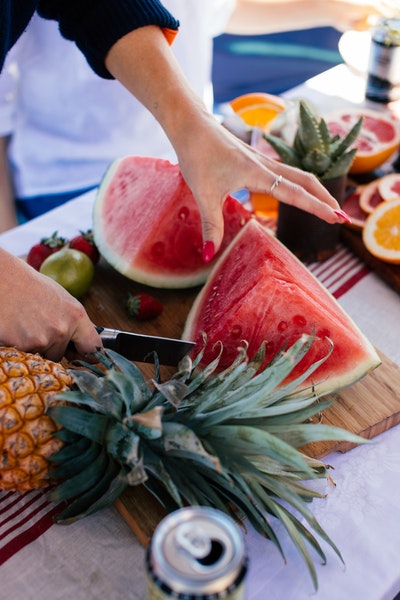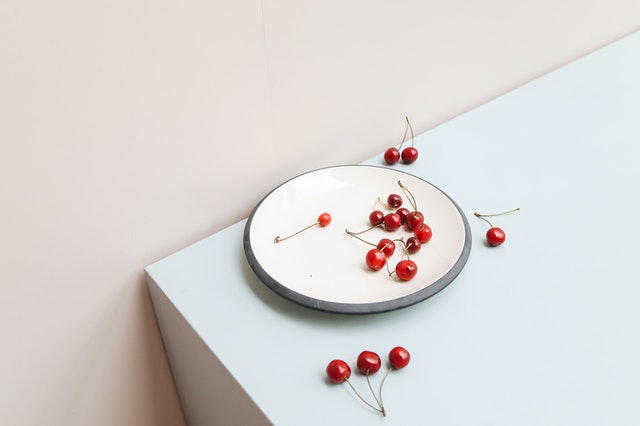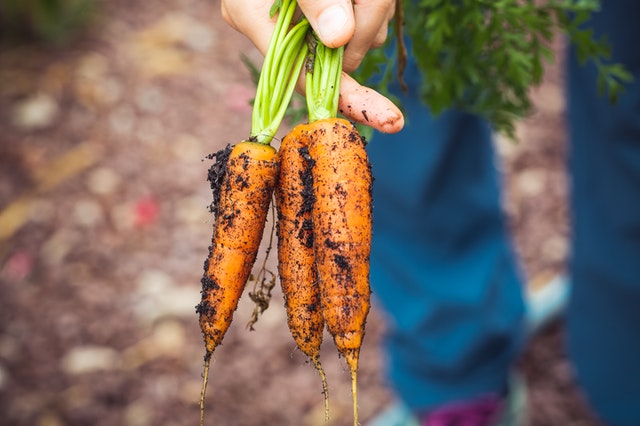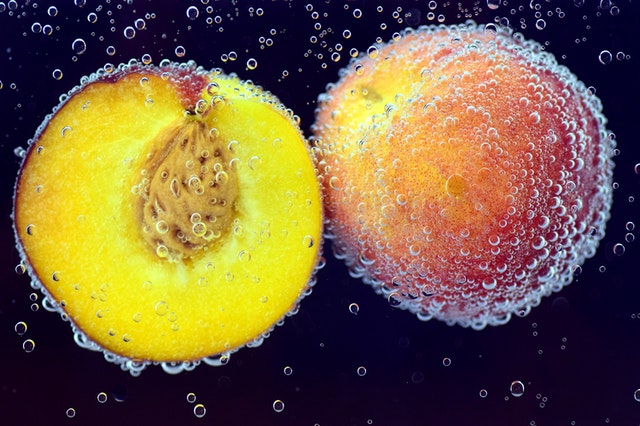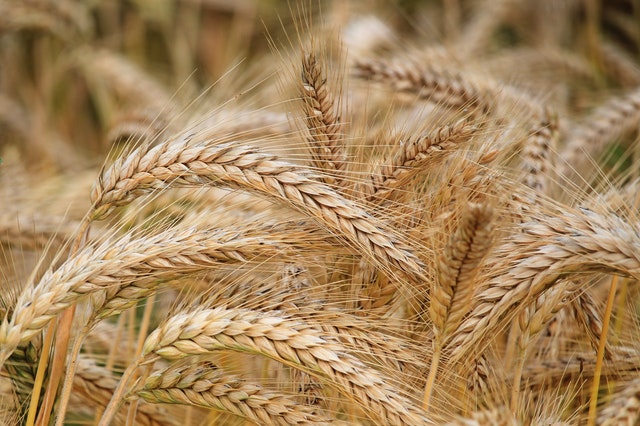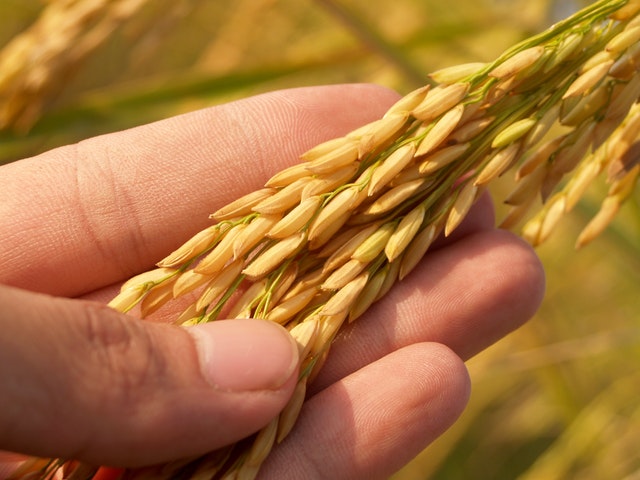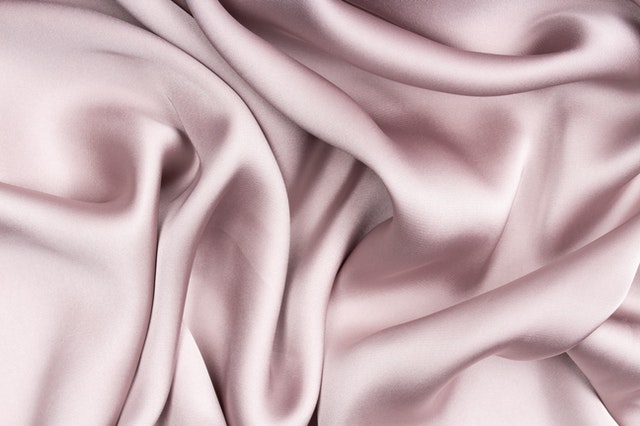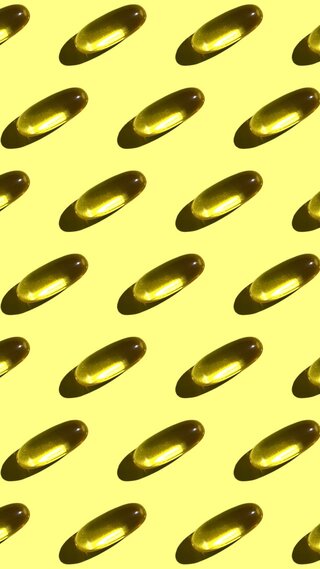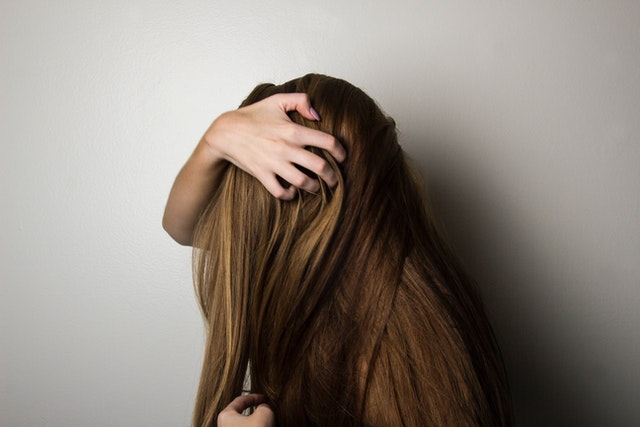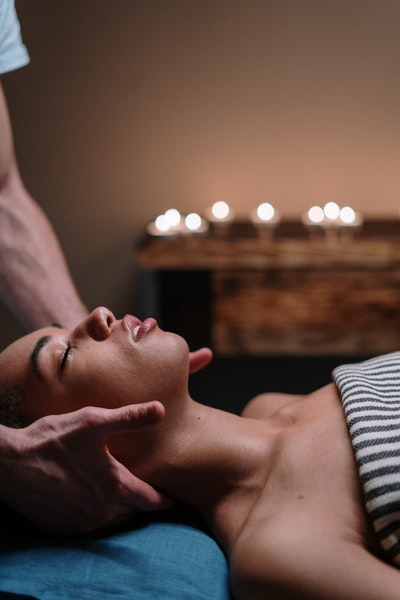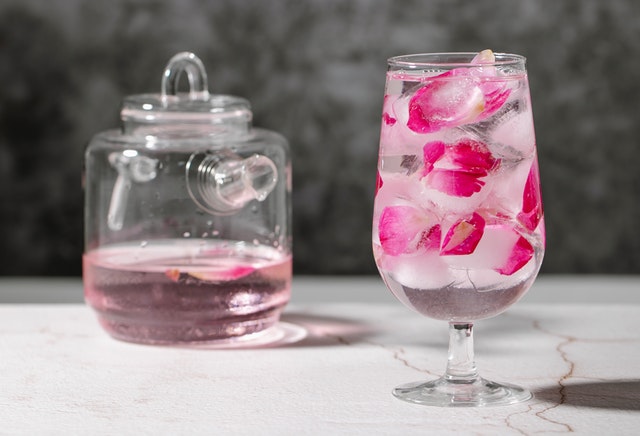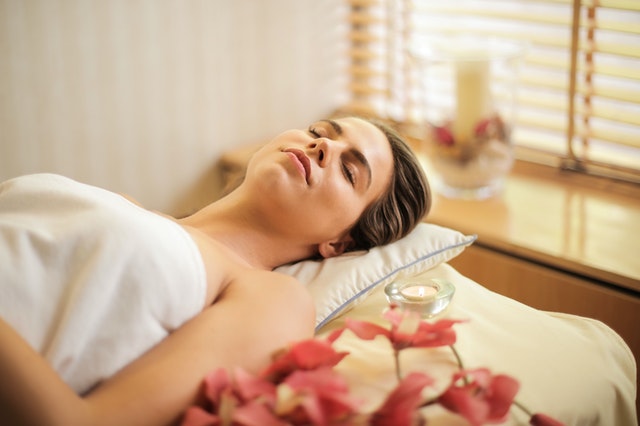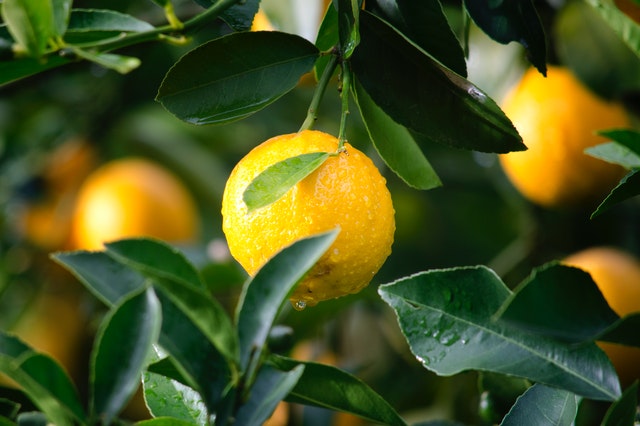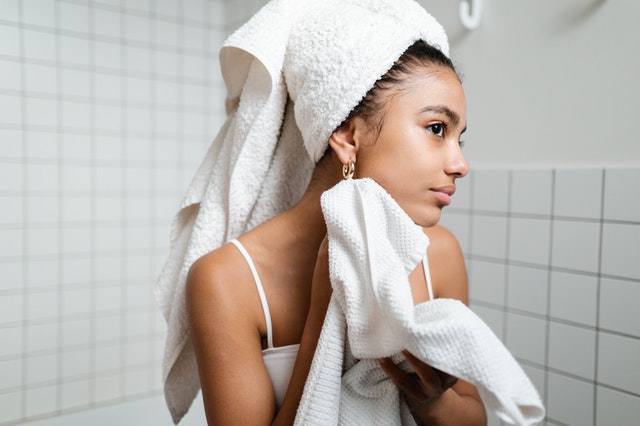Digestive enzymes are naturally occurring and crucial to your digestive system, helping to break down foods and allowing the absorption of nutrients. Without adequate enzymes, you can become malnourished and start showing signs of gastrointestinal distress, even when consuming a balanced and healthy diet.
Understanding Digestive Enzymes: Natural and Synthetic

The mouth, small intestine, and stomach can produce digestive enzymes; however, the pancreas is the main production factory in the human body. The enzymes are particularly vital in breaking down more complex and nutrient-dense foods and compounds, such as carbohydrates, proteins, and fats. Without digestive enzymes, your food will not provide sufficient nutrients because the body cannot break it down. Therefore, your health can wain.
Most people do not have an issue with enzyme production, but some conditions lead to an inadequate enzyme supply, such as exocrine pancreatic insufficiency. Thankfully, there are prescription and over-the-counter digestive enzyme replacements. Replacements mimic natural digestive enzymes to counteract the effects of poor production.
Using Digestive Enzyme Replacements
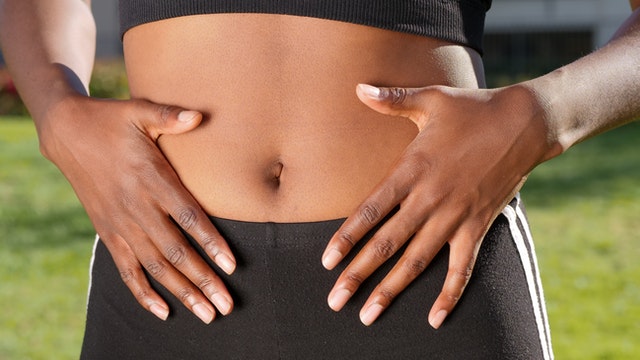
As a replacement for natural digestive enzymes, replacement enzymes need to be consumed before a meal to be effective. The enzymes in the stomach can begin breaking down the food as it enters the stomach and exits to the small intestine, allowing critical nutrients to absorb through the small intestine wall for distribution through the bloodstream.
You can split an enzyme replacement dose to make it more effective, especially for larger and longer meals or if you are a slow eater. For instance, it is usually acceptable to take half the dose at the start of a meal and the rest halfway through it.
Digestive enzyme replacements must be taken with food. If you take them without, they will simply work their way through your system without any real benefit.
[insert page='Offer' display='content']
Assessing Needs for Digestive Enzyme Replacements

While most people do not need digestive enzyme replacements, there are many conditions that can result in a lack of enzymes, such as EPI. Some of the other conditions include:
- Cystic fibrosis
- Diabetes
- Pancreatic cancer
- Pancreatic surgery
- Chronic pancreatitis
- Pancreatic cysts or benign tumors
- Narrowing or blockage of the biliary or pancreatic duct
EPI is the most common cause for digestive enzyme supplementation, but not everyone realizes they have the condition immediately. EPI leads to uncomfortable and slow digestion, and some of the symptoms include:
- Bloating
- Diarrhea
- Excessive gas
- Cramping after meals
- Foul-smelling stools
- Yellow, greasy, floating stools
- Unexpected weight loss
If you are experiencing any of the above symptoms, talk to your primary care physician. Do not attempt to self-diagnose digestive enzyme disorders. While OTC enzyme replacement options exist, it is always best to consult your physician before dietary changes.
Reviewing the Potential Side Effects
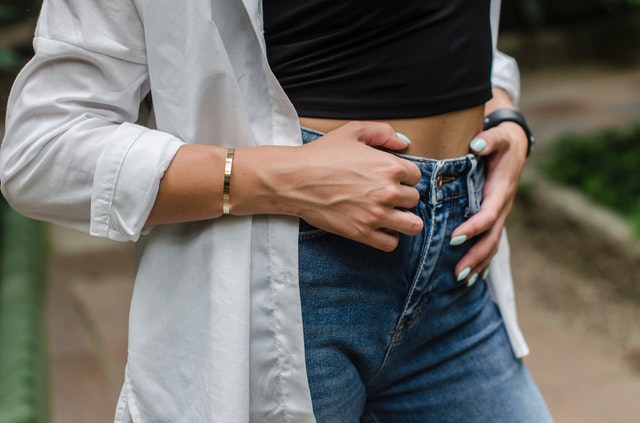
Digestive enzyme replacements are often helpful to those who need them, but there are potential side effects like any other supplement. The most common side effect of enzyme supplements is constipation. Still, there can be more uncomfortable side effects, like diarrhea, nausea, and abdominal cramps.
While the body needs digestive enzymes, not every body creates a sufficient amount, leading to potential digestive and nutritional problems. Before looking for OTC remedies for digestive concerns, talk to your doctor about other possible issues or solutions.
Do you know of any other reasons someone would need to take digestive enzyme replacements, or do you have anything to add to the conversation? Comment below.

